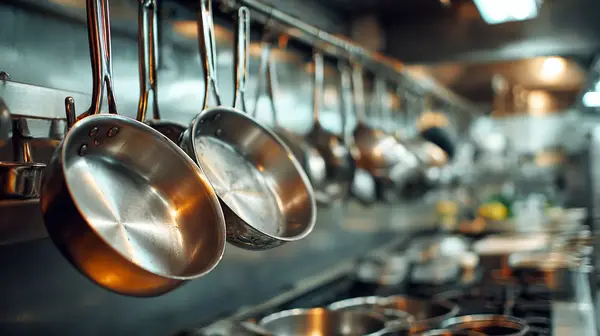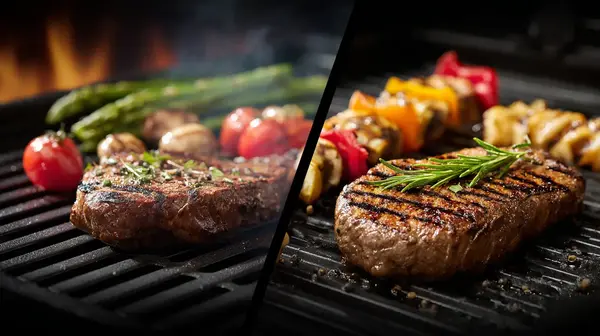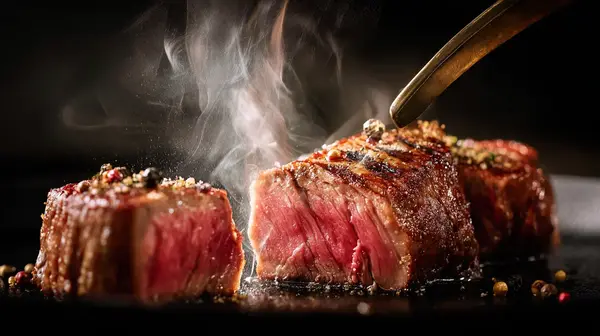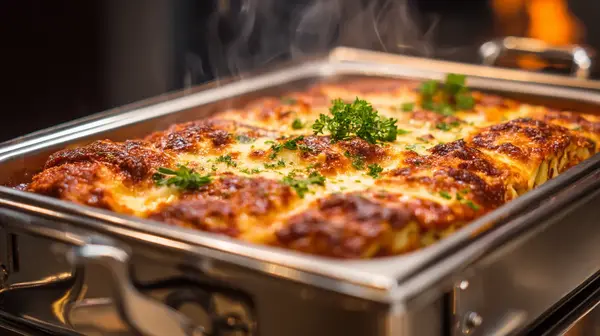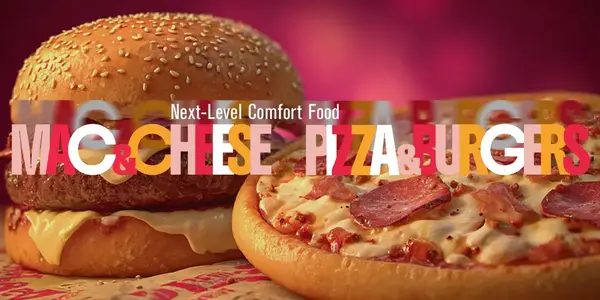About
CKitchen, an E Friedman company, is a FULLY AUTHORIZED Food Service Equipment and Supplies Dealer that represents all major brands of commercial kitchen equipment. Since our inception in 1984, we focused on quality products and upscale projects. Our projects division is responsible for some of the largest food service projects in the country including Hotels, Restaurants and Institutions. We are loyal to our customers as well as our employees. Our average sales professional has been with us for over 8 years. This accounts for the fact that they are some of the most knowledgeable in the Restaurant Equipment industry. We continue to strive for value added service while maintaining the lowest prices in the industry. The bottom line is that we would like you to be pleased with your purchase today and for years to come...
